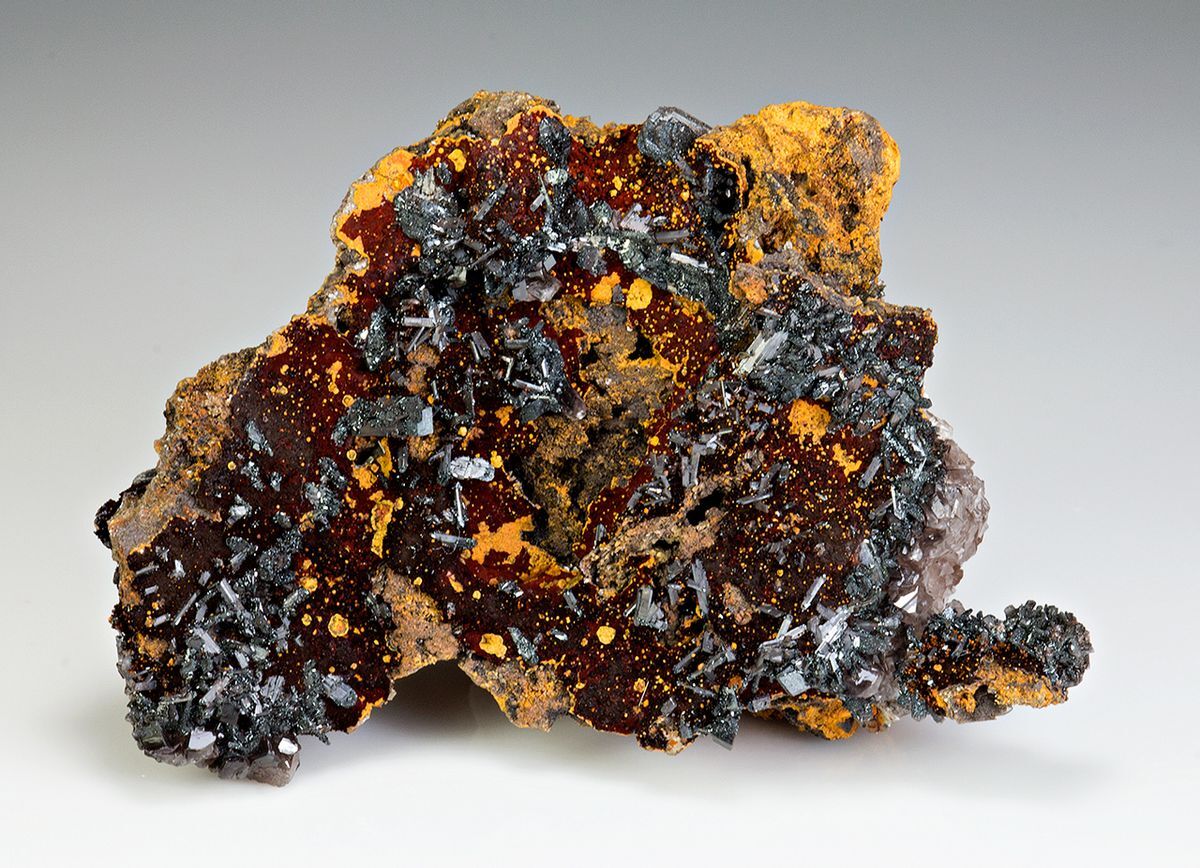
Waldmann Disease is a rare disorder that affects the lymphatic system, leading to protein loss and swelling. What causes Waldmann Disease? This condition stems from abnormalities in the lymphatic vessels, which are responsible for transporting lymph fluid throughout the body. When these vessels malfunction, protein-rich fluid leaks into the intestines, causing a range of symptoms. Individuals with Waldmann Disease often experience fatigue, swelling in the legs, and frequent infections. Diagnosing this condition can be challenging due to its rarity and the overlap of symptoms with other diseases. Treatment typically focuses on managing symptoms and improving quality of life. Understanding Waldmann Disease is crucial for those affected and their families.
Key Takeaways:
- Waldmann Disease is a rare condition affecting the lymphatic system and intestines, causing symptoms like swelling, diarrhea, and weight loss. It has no known prevention and requires careful management.
- Patients with Waldmann Disease can manage their symptoms through dietary changes, medications, and regular medical check-ups. Joining support groups, staying active, and educating others about the disease can also help improve their quality of life.
What is Waldmann Disease?
Waldmann Disease, also known as Primary Intestinal Lymphangiectasia, is a rare disorder affecting the lymphatic system. It primarily impacts the intestines, leading to various complications. Here are some intriguing facts about this uncommon condition.
-
Rare Condition: Waldmann Disease is extremely rare, with only a few hundred cases reported worldwide.
-
Named After: The disease is named after Dr. Thomas A. Waldmann, who first described it in 1961.
-
Lymphatic System: It affects the lymphatic system, which is crucial for immune function and fluid balance.
-
Intestinal Impact: The disease primarily impacts the intestines, causing them to leak lymph fluid.
-
Protein Loss: One of the main symptoms is protein-losing enteropathy, where proteins are lost through the intestines.
Symptoms of Waldmann Disease
The symptoms of Waldmann Disease can vary widely, making it challenging to diagnose. Here are some common signs to look out for.
-
Swelling: Edema, or swelling, is a common symptom due to fluid retention.
-
Diarrhea: Chronic diarrhea is often reported by patients.
-
Weight Loss: Unintentional weight loss can occur due to nutrient malabsorption.
-
Fatigue: Persistent fatigue is a frequent complaint among those affected.
-
Abdominal Pain: Many patients experience abdominal pain and discomfort.
Causes and Risk Factors
Understanding the causes and risk factors can help in managing Waldmann Disease better. Here are some key points.
-
Genetic Factors: Genetic mutations may play a role in the development of the disease.
-
Congenital: It can be congenital, meaning present from birth.
-
No Known Prevention: Currently, there are no known preventive measures.
-
Not Contagious: The disease is not contagious and cannot be spread from person to person.
-
Family History: A family history of lymphatic disorders may increase the risk.
Diagnosis of Waldmann Disease
Diagnosing Waldmann Disease involves several tests and procedures. Here’s what you need to know.
-
Blood Tests: Blood tests can reveal low levels of proteins and other abnormalities.
-
Stool Tests: Stool tests may show fat malabsorption.
-
Imaging: Imaging studies like CT scans and MRIs can help visualize the lymphatic system.
-
Endoscopy: An endoscopy allows doctors to examine the intestines directly.
-
Biopsy: A biopsy of the intestinal lining can confirm the diagnosis.
Treatment Options
While there is no cure for Waldmann Disease, various treatments can help manage the symptoms. Here are some common approaches.
-
Dietary Changes: A low-fat, high-protein diet can help manage symptoms.
-
Medications: Medications like diuretics can reduce swelling.
-
Nutritional Supplements: Supplements can help address nutrient deficiencies.
-
Surgery: In severe cases, surgery may be necessary to remove affected lymphatic tissue.
-
Regular Monitoring: Regular medical check-ups are crucial for managing the disease.
Living with Waldmann Disease
Living with Waldmann Disease can be challenging, but with proper management, patients can lead fulfilling lives. Here are some tips.
-
Support Groups: Joining support groups can provide emotional and practical support.
-
Exercise: Regular exercise can help manage symptoms and improve overall health.
-
Mental Health: Mental health support is essential for coping with chronic illness.
-
Education: Educating yourself and others about the disease can help in managing it better.
-
Medical Alert: Wearing a medical alert bracelet can be helpful in emergencies.
Research and Future Directions
Ongoing research is crucial for understanding and treating Waldmann Disease. Here are some exciting developments.
-
Genetic Research: Genetic research may uncover new insights into the disease.
-
New Treatments: Researchers are exploring new treatments and therapies.
-
Clinical Trials: Participating in clinical trials can provide access to cutting-edge treatments.
Final Thoughts on Waldmann Disease
Waldmann Disease, though rare, impacts the lymphatic system, leading to protein loss and swelling. Early diagnosis can make a big difference in managing symptoms and improving quality of life. Patients often experience fatigue, abdominal pain, and frequent infections. Treatment focuses on dietary changes, medications, and sometimes surgery to control symptoms.
Raising awareness about this condition helps in early detection and better support for those affected. If you or someone you know shows symptoms, consulting a healthcare professional is crucial. Understanding the disease can empower patients and caregivers to seek appropriate care and support.
Stay informed and proactive about health issues, especially rare ones like Waldmann Disease. Knowledge can be a powerful tool in managing and living with chronic conditions.
Frequently Asked Questions
Was this page helpful?
Our commitment to delivering trustworthy and engaging content is at the heart of what we do. Each fact on our site is contributed by real users like you, bringing a wealth of diverse insights and information. To ensure the highest standards of accuracy and reliability, our dedicated editors meticulously review each submission. This process guarantees that the facts we share are not only fascinating but also credible. Trust in our commitment to quality and authenticity as you explore and learn with us.


